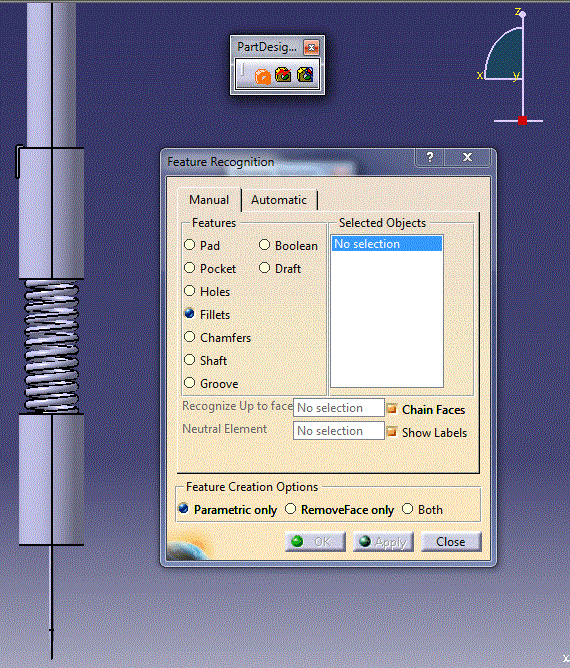Tingsryd
Industrial
- Jul 28, 2010
- 269
Does NX have model feature recognition when starting with a non-parametric model from another system? I have looked through the docs but haven't found anything.
Perhaps being one of the top-tier cad/cam apps there is not much of a need for this.
![[wink] [wink] [wink]](/data/assets/smilies/wink.gif)
NX 12.0.2
NX 1872 in testing
EVP's
Perhaps being one of the top-tier cad/cam apps there is not much of a need for this.
![[wink] [wink] [wink]](/data/assets/smilies/wink.gif)
NX 12.0.2
NX 1872 in testing
EVP's

